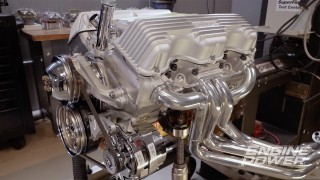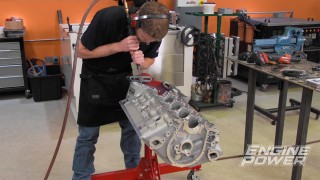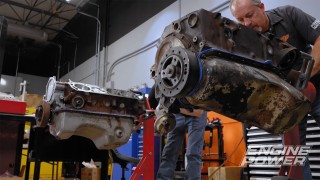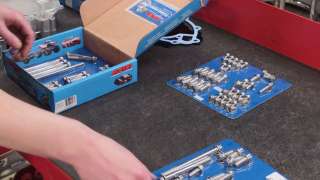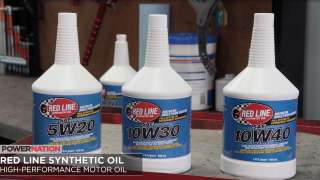
Old School 302 Ford Goes High Tech
We take an old-school 302 Ford and bring it into the 21st century with much-needed induction and fuel delivery upgrades.
Season 8
Episode 9
Hosts: Pat Topolinski, Frankie Forman
First Air Date: April 28, 2021
Duration: 21 minutes 35 seconds




